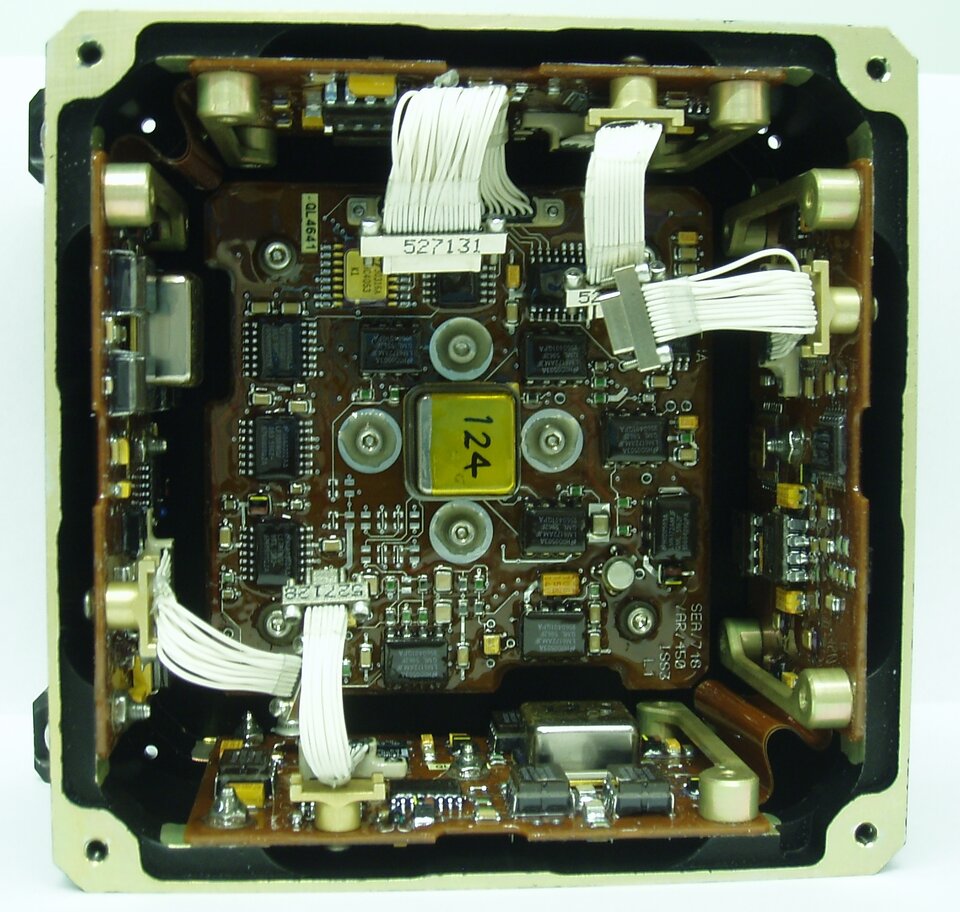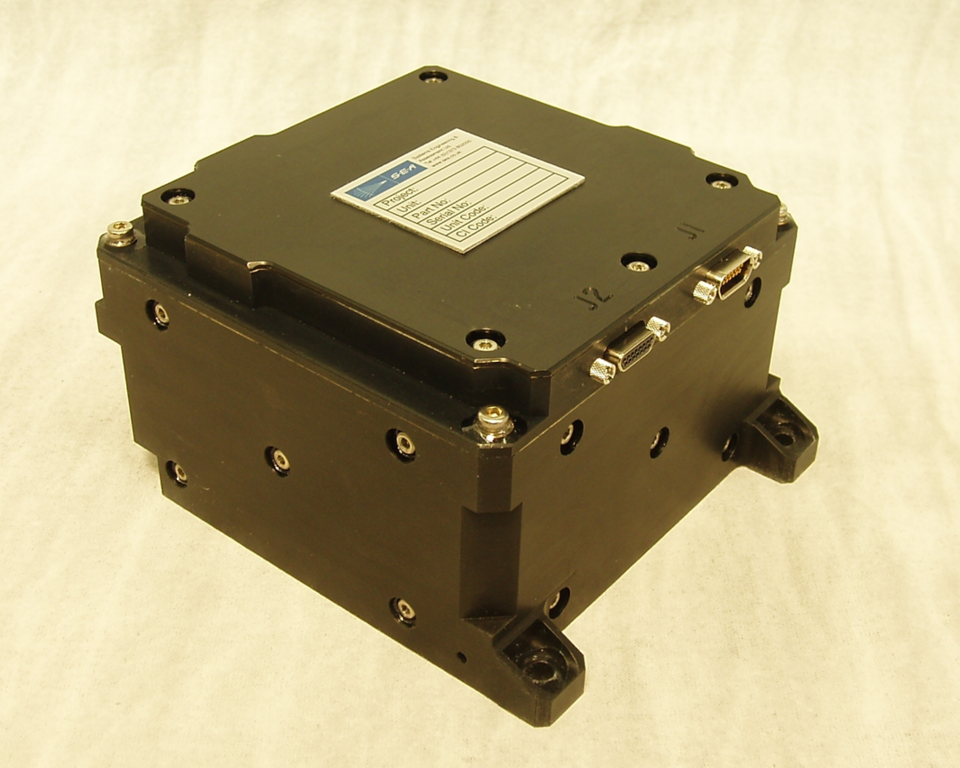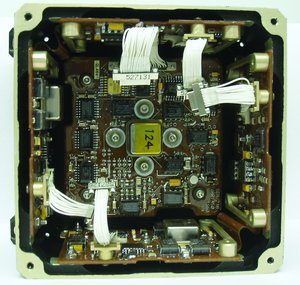Experimental MEMS sensor passes in-orbit test on CryoSat-2
As CryoSat-2 works to detect shifts in global ice cover, it carries one small but significant passenger.
A miniaturised sensor evolved from automobile stability control systems is checking the satellite’s rate of spin – Europe’s first MEMS device designed for space navigation.
The MEMS Rate Sensor is the smallest gyro ever flown by ESA, and was given a guest slot on CryoSat-2 as a flight experiment. It has amassed more than 150 days’ worth of measurements so far, which is cross-checked against the mission’s regular attitude sensors.
“This sensor is based on a new concept, and the flight experiment was very important for proving its feasibility,” said Daniele Temperanza of ESA’s Control Systems Division.
“The CryoSat-2 team offered us this opportunity to gain flight heritage. The satellite’s ice measurements rely on knowing its orbital position and attitude very precisely, so we have highly accurate data to check the sensor’s performance against.”

To meet the tight CryoSat-2 schedule, an experimental unit was rapidly prototyped with simplified interfaces and limited performance.
Running on just six watts and weighing a modest 750 grams – one thousandth of CryoSat-2’s mass – the MEMS Rate Sensor is a micro-electro-mechanical systems (MEMS) device. These are manufactured in a similar way to microprocessors but incorporate moving parts to form sensors or complete working systems.
Satellites need to check their pointing direction in space. A combination of systems is used to achieve this, including startrackers, Sun- and Earth-sensors, magnetometers and gyros.
Early space mission gyros used fast-spinning discs that maintained the same orientation as an absolute reference, but they were bulky and prone to error. In more recent times these have been supplanted by more solid-state designs. Of these, the MEMS Rate Sensor is the smallest yet.

Instead, at its heart is a 1 cm-square chip that houses a silicon ring kept oscillating by electrostatic forces. In the same way the tone of a ‘singing’ wine glass changes as the glass is rotated, shifts in the ring’s vibration can be used to derive its rate of rotation. Three devices are integrated inside a single unit to measure each axis of motion.
“Sentinel-3 will be the unit’s first operational mission,” explained Mr Temperanza. “It will be especially crucial during key contingency modes such as when the satellite enters safe mode or performs certain manoeuvres, when other attitude control sensors might not be available.
“Take, for example, when a satellite first separates from its launcher in orbit. It might be tumbling so rapidly that its sensors cannot fix upon the Earth, Sun or stars. Having a MEMS Rate Sensor aboard would allow controllers to reduce this initial rate of spin to a level where additional sensors can be employed.”

The sensor design was derived from an existing MEMS gyro already used in millions of cars for electronic stability control. Its evolution for space was backed through ESA’s Basic Technology Research Programme and General Support Technology Programme with three UK-based industrial partners: Selex Galileo, Atlantic Inertial Systems Ltd (part of Goodrich corporation) and SEA. The completed MEMS Rate Sensor, known as SIREUS, is now being made available commercially through Selex Galileo.
“These CryoSat-2 test results are an important step on the way to getting this exciting new technology working operationally,” said Dick Durrant of SEA, project manager for the flight experiment.
“Good as the results are, our new generation of sensors are looking even better for Sentinel-3 and subsequent programmes which will utilise fully developed MEMS gyros, with refined detectors and telemetry interfaces.”











